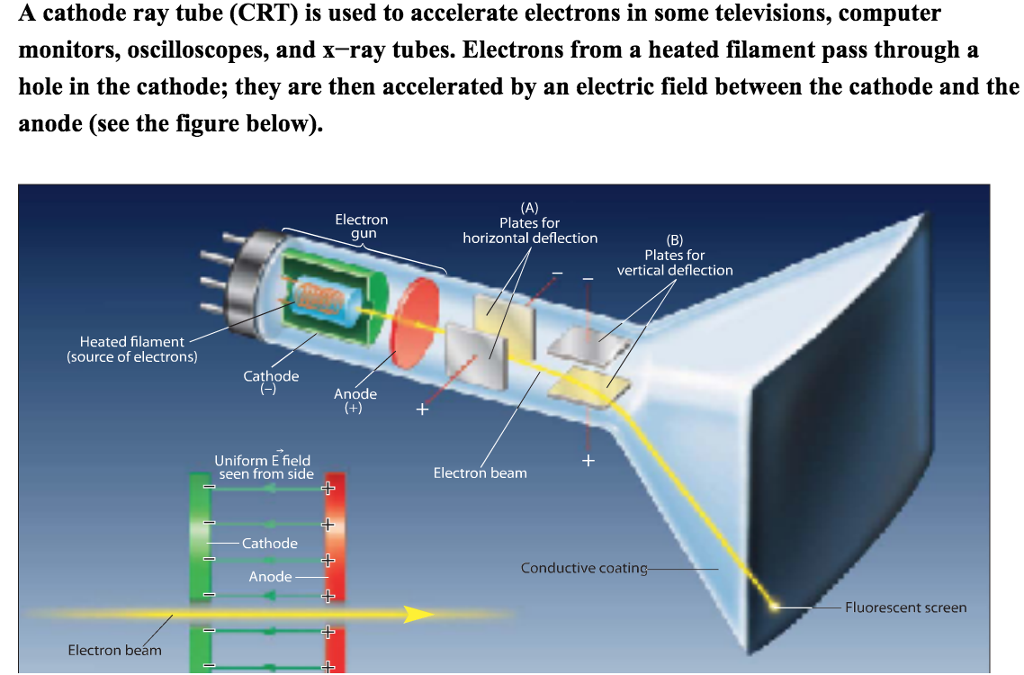
Specific genres have proliferated at different periods (westerns in the 1950s and 1960s, detectives and spies in the 1960s, ‘jiggle’ shows in the 1970s, prime-time soaps in the 1980s, situation comedies in the 1990s, reality programs in the 2000s, and so forth) because television networks could minimize financial risk by renewing contracts for shows with high ratings and choosing new pilot programs that fell within the tried and true category of proven ratings winners. This dynamic has endured throughout the history of US television. The implications of this phenomenon were more far-ranging than they may at first appear: the programs (and consequently their genres) that attracted the most audience members of the right ages (those aged 18–49 generally came to be the most valued) became the ones that the broadcasting industry wanted to produce and reproduce programs and genres that seemed popular because of their ratings were reproduced or cloned, while others fell into oblivion. Throughout their histories, the radio networks (NBC, CBS, and later ABC) and the television networks (NBC, CBS, ABC, and the short-lived DuMont) gradually sought to determine, through ratings mechanisms and statistical sampling (diaries kept by families ‘scientifically’ selected by ratings companies, and later by a combination of diaries and meters hooked up to home receivers), how many listeners or viewers were tuned in to what programs to catalog specific listener or viewer demographics (primarily according to age and gender) and to rate programs based on which ones attracted the most audience members.

Genres had become a major force in the economic workings of US broadcasting. This was because television inherited many of its programming and operating principles from US radio, which had developed over the previous 30 years into a thoroughgoing commercial system, dependent on advertiser dollars and governed by a ratings system for judging the popularity of shows. By the early 1950s many popular radio shows of various generic categories appeared in television incarnations, including the western, The Lone Ranger, the quiz show, Twenty Questions, the soap opera, The Guiding Light, and the domestic comedies, Beulah, The Goldbergs, and The Life of Riley, to name only a few. D'Acci, in International Encyclopedia of the Social & Behavioral Sciences, 2001 1.1 The Transition from Radio to Early Televisionįrom the first flickers of the first cathode ray tubes in the living rooms of postwar America, the principle of genre was already at work in trying to create an audience for the new medium. DLP projection displays can be used after substantial internal modifications. This can be achieved with some of the available microdisplays. For multifocal flash ERG recording, we would like to have brief focal flash stimuli of no more than 2–3-ms duration at the beginning of each frame. The switching speed of these panels is also marginal for ERG recording but adequate for mfVEPs. This is ideal for pattern-reversal stimulation such as the mfVEPs, but it is not recommended for mfERGs. The large panels are now bright enough, but achieve high brightness by leaving the pixels on during the entire display frame. While, at this time, some suitable CRT monitors are still available, this technology is rapidly disappearing from the market and is being replaced by flat-panel liquid crystal display (LCD) monitors. Few color CRTs could reach the required stimulus intensity.

Originally monochrome cathode ray tubes (CRTs) with a fast white phosphor were commonly used for stimulation. Sutter, in Encyclopedia of the Eye, 2010 Multifocal Stimulators An electronic circuit connected to the horizontal deflection plates causes the electron beam to repetitively sweep across the screen at rates (sweep speeds) determined by the operator.Į.E. The glow of the phosphor screen persists for some time after the electrons have passed, allowing one to observe the beam's path. The screen is coated with phosphor, which absorbs the energy from the electrons and converts it into visible light. Simultaneously altering the potential on both sets of plates causes the electron beam to move in any direction to light up the CRT's screen. Similar changes in potential on the vertical deflecting plates direct the electron beam vertically. By changing the potential difference between the horizontal plates the electron beam is directed horizontally. The electron beam passes through a pair of horizontal and vertical deflecting plates. 15 At the narrow end of the CRT is an electron gun capable of generating a continuous stream of electrons ( Fig.

Zwarts M.D., Ph.D., in Elextrodiagnostic Medicine (Second Edition), 2002 CATHODE RAY TUBEĪ cathode ray tube is an electronic device that uses an electron beam to produce a visible trace on a coated screen.


 0 kommentar(er)
0 kommentar(er)
